The aim of this study was to identify and classify temporomandibular joint dysfunction (TMJD) in psychiatric patients using typical anti- psychotics compared with healthy individuals, both physically and mentally.
Materials and methods: The present study had a descriptive cross-sectional design, developed over a 6-month period, at the Teaching Assistant Nucleus of Dentistry and Mental Health affiliated with the Juliano Moreira Psychiatric Hospital, Salvador, Brazil, and the Federal University of Bahia School of Dentistry, Salvador, Brazil. To that end, 120 patients aged 18 years or older, 40 psychiatric patients (20 women and 20 men), all using typical or first-generation antipsychotics of the pharmacological groups of butyrophenones and phenothiazines, and 80 mentally healthy patients (40 women and 40 men), underwent assessment of TMJD severity through an Anamnestic Index.
Results: There were statistically significant differences in the prevalence of TMJD in the group of patients with mental illness. Among the 40 individuals with mental and behavioral disorders, moderate TMJD was the most prevalent (16/40.0%), but in the control group, there was a higher prevalence of mild TMJD (34/42.5%). Two cases of severe TMJD were diagnosed in psychiatric patients.
Conclusion: In this study, it was possible to identify the prevalence and incidence of TMJD among those with mental and behavioral disorders using typical antipsychotic drugs, justifying the importance of their monitoring for TMJD. However, owing to its subjective nature, these patients should be referred for a specialized examination to confirm the diagnosis of TMJD.
Editorial note: The full article was published in the 2/2018 issue of the Journal of Oral Science and Rehabilitation.
Tags:
When there is alteration of any of the internal structures that make up the temporomandibular joint (TMJ), it can be said that we are facing possible ...
DAMASCUS, Syria: As health workers, dentists are occasionally placed at risk of disease transmission, since they are exposed to bloodborne infections of ...
During the treatment of symptoms originating from disorders of the temporomandibular joint (TMJ) and occlusion, it was found that restoring the TMJ to its ...
BERLIN, Germany: Enamel fractures of freshly erupted molars that appear porous, hypersensitivity of the affected teeth and continued loss of fillings—this...
OSLO, Norway: Temporomandibular disorder (TMD) pain afflicts younger people more disproportionally than adults, and up to 28% of children globally have ...
“Faster, higher, stronger”—this motto certainly no longer applies only to the Olympic Games. How can certain tasks be performed even more precisely, ...
NEW YORK, U.S.: A patent granted to orthodontics disrupter SmileDirectClub (SDC) in April ensures that no other company can duplicate its clear aligner ...
CAMBRIDGE, UK: A recent study examined the effectiveness of simulation-based learning in medical education in enhancing healthcare professionals’ ...
STOCKHOLM, Sweden: A recent public health study in Sweden has revealed an intriguing and important phenomenon: temporomandibular disorder in the country is ...
In recent years, new developments in Cone Beam Computed Tomography (CBCT) and 3-D Volume Rendering (3-DVR) software have been designed specifically for ...
Live webinar
Wed. 14 January 2026
12:00 pm EST (New York)
Dr. Théo Laplane, Dr. Robert Gottlander DDS
Live webinar
Fri. 16 January 2026
12:00 pm EST (New York)
Live webinar
Mon. 19 January 2026
1:00 pm EST (New York)
Philipp Kopp, Michael Seeber
Live webinar
Thu. 22 January 2026
9:00 am EST (New York)
Prof. Judith Jones D.D.S; M.P.H., Prof. Kakuhiro Fukai D.D.S., Ph.D, Dr. Bathsheba (Bethy) Turton
Live webinar
Thu. 22 January 2026
2:00 pm EST (New York)
Dr. Nicola M. Grande DDS, PhD
Live webinar
Wed. 28 January 2026
8:00 am EST (New York)
Live webinar
Wed. 28 January 2026
11:00 am EST (New York)
Prof. Dr. Jan-Frederik Güth



 Austria / Österreich
Austria / Österreich
 Bosnia and Herzegovina / Босна и Херцеговина
Bosnia and Herzegovina / Босна и Херцеговина
 Bulgaria / България
Bulgaria / България
 Croatia / Hrvatska
Croatia / Hrvatska
 Czech Republic & Slovakia / Česká republika & Slovensko
Czech Republic & Slovakia / Česká republika & Slovensko
 France / France
France / France
 Germany / Deutschland
Germany / Deutschland
 Greece / ΕΛΛΑΔΑ
Greece / ΕΛΛΑΔΑ
 Hungary / Hungary
Hungary / Hungary
 Italy / Italia
Italy / Italia
 Netherlands / Nederland
Netherlands / Nederland
 Nordic / Nordic
Nordic / Nordic
 Poland / Polska
Poland / Polska
 Portugal / Portugal
Portugal / Portugal
 Romania & Moldova / România & Moldova
Romania & Moldova / România & Moldova
 Slovenia / Slovenija
Slovenia / Slovenija
 Serbia & Montenegro / Србија и Црна Гора
Serbia & Montenegro / Србија и Црна Гора
 Spain / España
Spain / España
 Switzerland / Schweiz
Switzerland / Schweiz
 Turkey / Türkiye
Turkey / Türkiye
 UK & Ireland / UK & Ireland
UK & Ireland / UK & Ireland
 Brazil / Brasil
Brazil / Brasil
 Canada / Canada
Canada / Canada
 Latin America / Latinoamérica
Latin America / Latinoamérica
 USA / USA
USA / USA
 China / 中国
China / 中国
 India / भारत गणराज्य
India / भारत गणराज्य
 Pakistan / Pākistān
Pakistan / Pākistān
 Vietnam / Việt Nam
Vietnam / Việt Nam
 ASEAN / ASEAN
ASEAN / ASEAN
 Israel / מְדִינַת יִשְׂרָאֵל
Israel / מְדִינַת יִשְׂרָאֵל
 Algeria, Morocco & Tunisia / الجزائر والمغرب وتونس
Algeria, Morocco & Tunisia / الجزائر والمغرب وتونس
 Middle East / Middle East
Middle East / Middle East
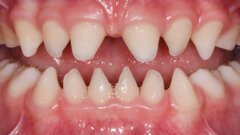























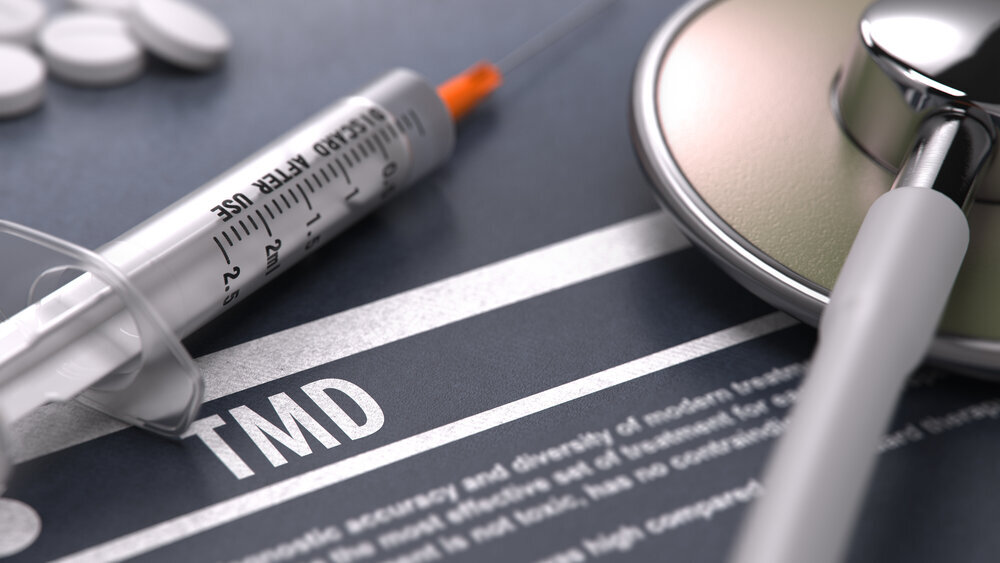



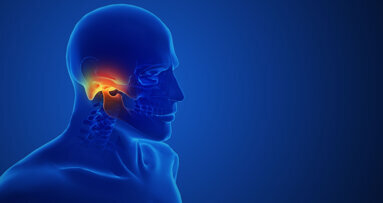

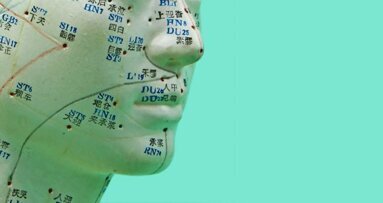
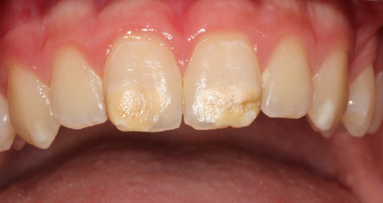

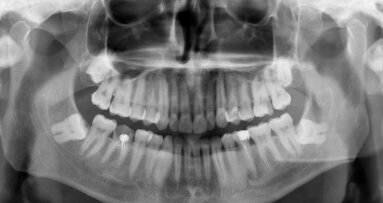

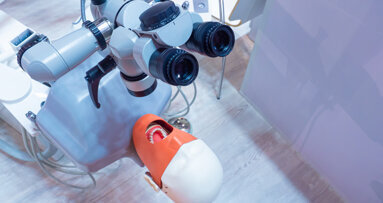

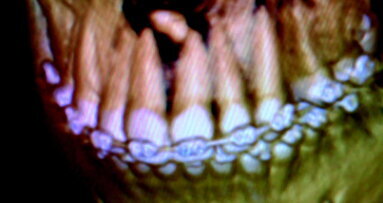










To post a reply please login or register